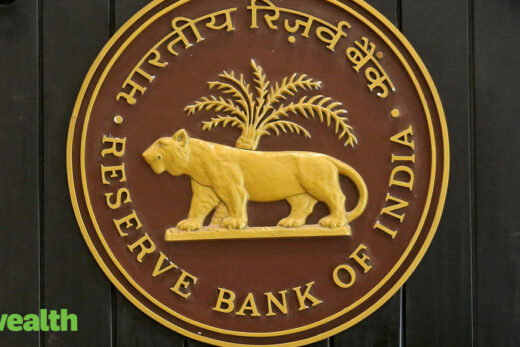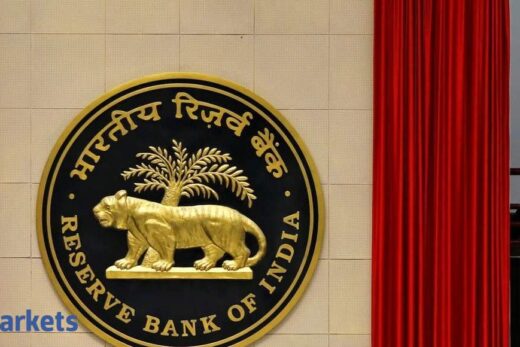The Reserve Bank of India has so far bought about 2.5 trillion rupees of net debt in the current financial year. The figure will be as high as 3 trillion rupees by end-March as authorities are keen to shrink the spread between the 10-year bond yield and repo rate to around 150 basis points from more than 200 basis points, the person said, asking not to be identified discussing private deliberations.
They also want the yield curve to flatten to better represent inflation expectations, and will continue with Operation Twists to achieve this, the person said.
 Bloomberg
BloombergThe monetary authority had been protecting the 6 per cent yield-level, before a recent sell-off in debt on concern about the government’s near-record borrowing plan. The schism between traders and the Reserve Bank of India widened again on Friday when Governor Shaktikanta Das’s assurances on ample liquidity fell short of market expectations, leading to the partial failure of a federal debt auction.
Das on Friday kept interest rates on hold — as widely expected — while lowering the RBI’s inflation forecast and retaining its accommodative policy stance. He extended by another year a pandemic-era measure that allows banks to hold bonds without marking to market and announced a plan to allow retail investors to directly purchase sovereign debt.
The bond market — rattled by the government’s announcement earlier last week of a higher-than-expected borrowing calendar — wasn’t impressed. Yields began to rise while Das was speaking and at an auction later that day the RBI rejected all bids for 220 billion rupees of notes while underwriters had to buy 88.1 billion rupees of two other papers on sale.
Yields on the benchmark 10-year bond surged 17 basis points in all last week, its biggest jump since April. The RBI, as the government’s debt manager, now finds itself with the delicate task of rolling back pandemic-era emergency measures and seeing through the government’s borrowing without roiling the jittery market.
The RBI is confident of pushing through the government’s borrowing plan because its target to shrink the budget deficit from an estimated 9.5 per cent of GDP this financial year to 6.8 per cent in the coming year is contractionary and allows monetary policy to stay easy, the person familiar said. The RBI will inject cash by buying bonds through so-called Open Market Operations, using space offered by the reversal of a cut in the Cash Reserve Ratio, the person said, adding that an explicit calendar would hamper the RBI’s foreign-exchange strategy.
An email to an RBI spokesman wasn’t immediately answered.
Das on Friday had said the CRR decision will open up room for more targeted operations, but stopped short of meeting traders’ demands for a debt-purchase calendar.
India’s central bank buys debt from traders through OMOs, which are special auctions, as well as discreet purchases in the secondary market. It doesn’t buy directly from the government through the primary route.
“We believe the tug of war between the RBI’s motivation to support the bond market (via OMOs) and fundamentals that call for gradual liquidity normalization, is set to intensify,” Nomura analysts including Sonal Varma wrote in a note.



